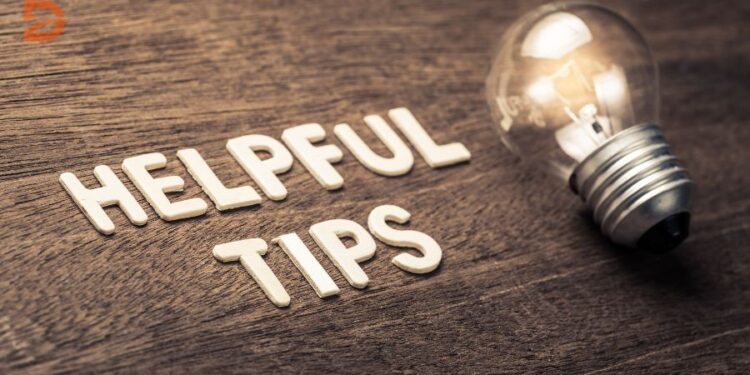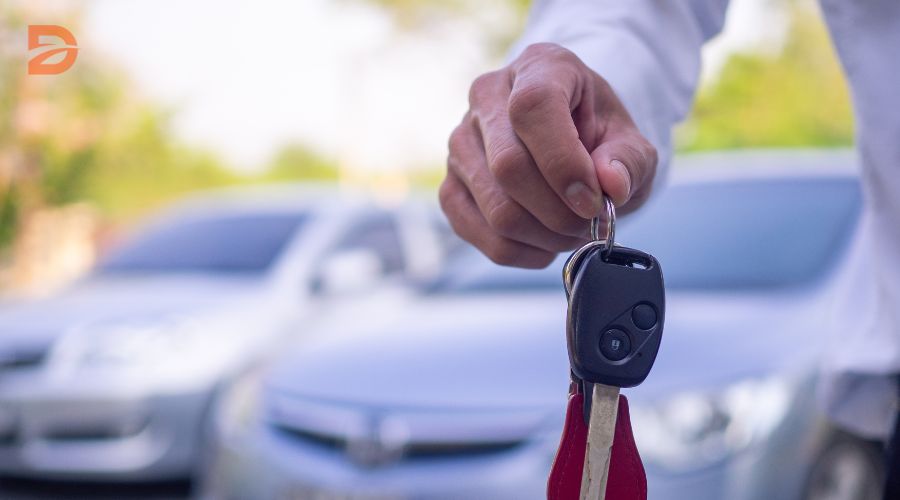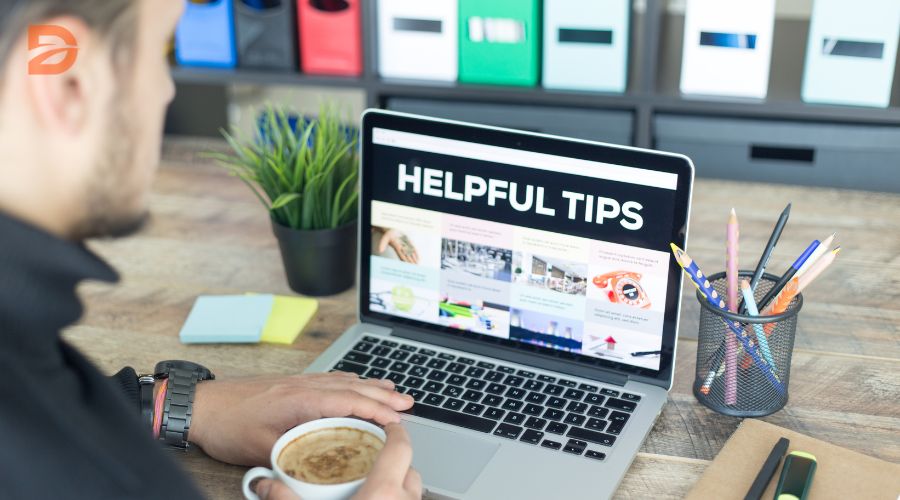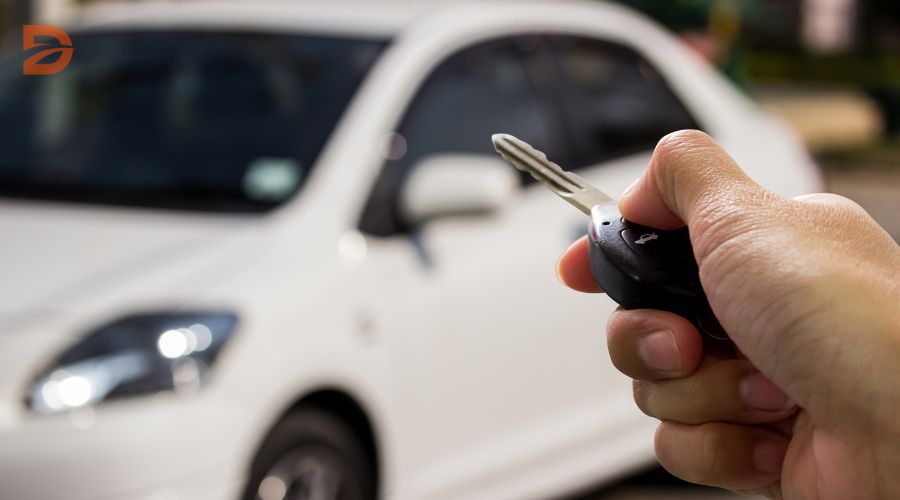Did you know that used car inventory remains thin, resulting in dealerships being motivated to pay higher prices for cars? This presents a unique opportunity for savvy car owners looking to maximize the trade-in value of their vehicles. By staying informed and focused during the purchasing process, you can ensure you get the best deal possible when trading in your car.
Navigating the used car market can be a daunting task, but with the right information and strategies, you can make the most of your trade-in. From asking important questions about a vehicle’s history and pricing to avoiding being rushed into decisions, this guide will provide you with the expert tips you need to secure a quality used car and achieve the highest trade-in value.
Key Takeaways
- Research your vehicle’s current trade-in value using trusted sources like Kelley Blue Book and Edmunds.
- The mechanical and physical condition of your car are key drivers of its trade-in value, so resolve any simple, cost-effective issues before the trade-in.
- Shopping around for trade-in value is advised to ensure getting the best deal possible.
- Timing your trade-in can be strategic, with all-wheel-drive SUVs in higher demand during winter.
- Negotiating car trade-in value and purchase price separately can lead to better outcomes.
Know Your Vehicle’s Worth
When it comes to maximizing your vehicle’s trade-in value, the first step is to understand its current worth. Utilize trusted valuation resources like Kelley Blue Book and Edmunds to research your car’s trade-in value. These reputable sites can provide a baseline estimate based on factors such as your car’s make, model, year, mileage, and overall condition.
Utilizing Trusted Valuation Resources
In addition to online tools, it’s also a good idea to pull a car history report to demonstrate to the dealer that you’ve properly maintained your vehicle. A well-documented service history can increase your vehicle appraisal and show the dealer that your car has been well-cared for.
- Leverage Kelley Blue Book and Edmunds to research your car’s current trade-in value
- Obtain a car history report to showcase your vehicle’s maintenance and care
- Use these trusted resources to gain a clear understanding of your car’s worth
By arming yourself with accurate information about your vehicle’s value, you’ll be better positioned to negotiate a fair price when it comes time to trade in or sell your car.
Vehicle trade-in tips: Prepare Your Car
As the used car market continues to evolve, maximizing the trade-in value of your vehicle has become more crucial than ever. To ensure you get the best possible offer, it’s essential to take proactive steps to prepare your car for the trade-in process.
Start by addressing any known mechanical issues that are relatively simple and cost-effective to fix. This could include small cosmetic repairs like dents and scratches, or replacing burnt-out lights. By addressing these minor problems, you can demonstrate to potential buyers that your vehicle has been well-maintained.
Additionally, thoroughly cleaning and detailing the interior and exterior of your car can significantly impact its perceived value. A clean and well-presented vehicle can influence the amount a dealer is willing to pay for your trade-in. Dealerships often handle repairs like fixing minor damage, door dings, the check engine light, or worn tires more cost-effectively than individual owners.
Another important step is to ensure your vehicle is well-presented, both physically and through the necessary documentation. Gather all relevant paperwork, such as the title, registration, service records, and proof of insurance, to streamline the trade-in process. Removing personal belongings, and garage door openers, and ensuring the presence of both sets of keys and the owner’s manual can also contribute to a smoother transaction.
By taking the time to prepare your car for the trade-in, you can increase its perceived value and potentially secure a better offer from the dealership. Remember, the effort you put into pre-trade-in preparation can pay off in the long run, helping you maximize the return on your vehicle investment.
Shop Around and Negotiate
When it comes to maximizing your trade-in value, it’s crucial to shop around and negotiate. Don’t settle for the first offer you receive. Instead, reach out to multiple dealers, including major used car retailers like Carvana and CarMax, to get competitive quotes.
Get Multiple Quotes and Leverage Them
Use these quotes as leverage when negotiating the final trade-in value with the dealer you plan to buy from. Negotiating the trade-in and purchase price separately can help ensure you get the best deal. By shopping around and using the competition’s offers to your advantage, you can employ effective trade-in negotiation strategies to secure the highest possible value for your vehicle.
- Gather multiple vehicle trade-in tips from various sources to aid in your negotiations.
- Get multiple quotes from different dealers to compare and leverage the best offer.
- Separate the trade-in value from the purchase price negotiations to maintain clarity.
- Focus on the total dollar value of the deal, not just the monthly payments.
“Negotiating the trade-in and purchase price separately can help ensure you get the best deal.”
| Dealer | Trade-In Offer | Purchase Price |
|---|---|---|
| Dealer A | $12,500 | $25,000 |
| Dealer B | $13,000 | $26,000 |
| Dealer C | $13,500 | $27,000 |
By leveraging the multiple quotes, you can negotiate with the dealer you plan to buy from and secure the best overall deal for both the trade-in value and the purchase price of the new vehicle.
Time Your Trade-In Strategically
When it comes to vehicle trade-in tips, timing can play a crucial role in maximizing your returns. Certain times of the year, such as the spring and summer months, often see higher demand and better trade-in offers, especially for in-demand vehicles like all-wheel-drive SUVs during the winter. Used car prices jumped nearly 20% in spring and summer 2021 compared to the previous year, making these seasons a prime time for receiving top dollar for your trade-in.
Keeping up-to-date with regional and national trends around used cars can help you identify the optimal timing for trading in your vehicle. Spring and summer were noted as prime times for receiving top dollar for a trade-in vehicle due to low inventory on dealership lots, as more people tend to buy cars during these seasons.
However, it’s important to avoid trading in your car if you still owe more on it than it’s worth, as this can lead to negative equity being rolled into your next loan. By understanding the seasonal demand and being strategic with the timing of your trade-in, you can significantly improve the value you receive for your vehicle.
| Metric | Trend |
|---|---|
| Used car prices | Jumped nearly 20% in spring and summer 2021 compared to the previous year |
| Optimal trade-in timing | Spring and summer due to higher demand and lower inventory on dealership lots |
| Wholesale used-vehicle prices | Dropped for the last six months in a row, with prices 15.6% lower than they were in January 2022 |
| Streamlining trade-in process | Dealers are using vehicle inspection software like Ravin’s AI-guided solution to create and keep track of vehicle condition reports, saving time and increasing transparency |
Conclusion
By following these expert vehicle trade-in tips, you can boost the value of your car and negotiate the best deal when it’s time to trade it in. From understanding your vehicle’s worth and preparing it for the trade-in to shopping around and timing the transaction strategically, these steps can help you maximize the trade-in value of your vehicle.
Whether it’s upgrading your car’s exhaust system to enhance performance or ensuring your documentation is in order, attention to detail can pay off when it’s time to trade in your vehicle. By leveraging the right resources and negotiating effectively, you can maximize the return on your investment and secure a favorable deal that meets your needs.
Remember, a well-maintained and properly documented vehicle, along with strategic timing and a willingness to negotiate, are key to achieving the highest possible trade-in value. By embracing these proven strategies, you can drive away with the best possible outcome for your next vehicle transaction.
FAQ
How can I find the current trade-in value of my vehicle?
You can use trusted sources like Kelley Blue Book and Edmunds to research your vehicle’s current trade-in value. These sites can provide a baseline estimate based on factors like your car’s make, model, year, mileage, and condition.
What can I do to maximize the trade-in value of my car?
To maximize your trade-in value, it’s important to prepare your car. Start by addressing any known mechanical issues that are relatively simple and cost-effective to fix. Thoroughly clean and detail the interior and exterior of the vehicle to improve its curb appeal.
Should I accept the first trade-in offer I receive?
No, don’t settle for the first trade-in offer you receive. Shop your vehicle around to multiple dealers, including major used car retailers like Carvana and CarMax, to get competitive quotes. Use these quotes as leverage when negotiating the final trade-in value with the dealer you plan to buy from.
Is there an optimal time of year to trade in my vehicle?
Yes, the timing of your trade-in can impact the value you receive. Certain times of the year, such as the first two quarters, may offer higher demand and better trade-in offers, especially for in-demand vehicles like all-wheel-drive SUVs during the winter.
What should I avoid when trading in my car?
Avoid trading in your car if you still owe more on it than it’s worth, as this can lead to negative equity being rolled into your next loan.










